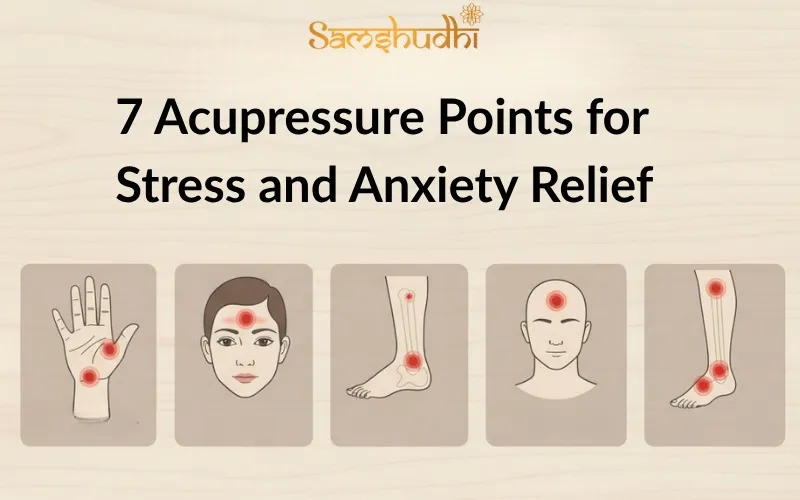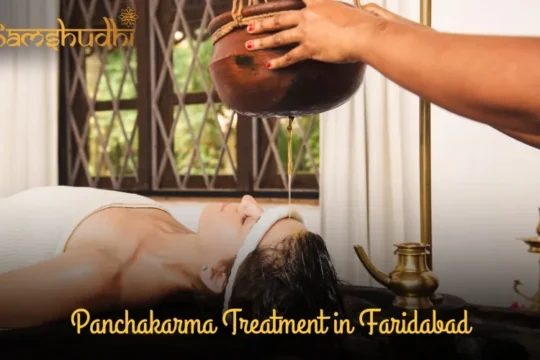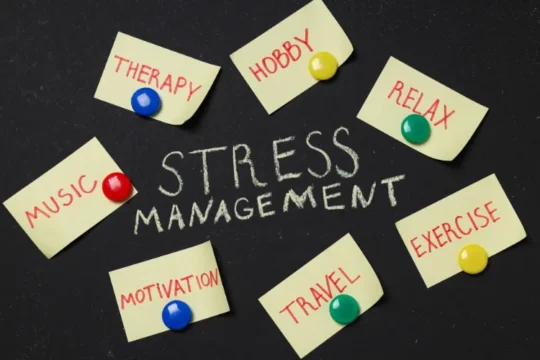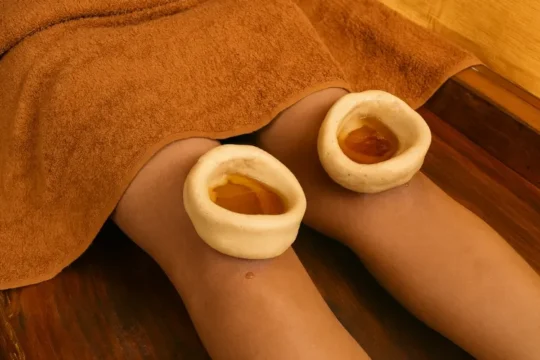Are you feeling overwhelmed by stress and anxiety throughout the day? The fast-paced modern lifestyle, growing responsibilities, and constant digital pressure can take a toll on both your mind and body. Persistent stress and anxiety can affect your sleep, mood, and overall mental health relief, leading to fatigue, irritability, and difficulty in concentrating.
If you are looking for a natural and simple way to achieve stress relief and anxiety relief, Acupressure Points for Stress and Anxiety Relief can be an effective solution. This natural, non-invasive, and easy technique works by stimulating specific pressure points in the body, promoting both mental and physical balance.
In this blog, you will discover 7 of the most effective acupressure points for stress and anxiety relief. We will also provide a step-by-step guide on how to press them and incorporate them into your daily routine so that you can enjoy the full benefits of holistic wellness, relaxation therapy, and acupressure therapy benefits.
How Acupressure Helps with Stress & Anxiety
Acupressure is an ancient natural therapy based on traditional Chinese medicine, focusing on stimulating specific energy points along the body’s meridians (Qi energy flow). These pressure points help regulate energy, restoring balance and harmony within the body. By targeting these points, acupressure for stress and acupressure for anxiety activates the body’s self-healing mechanisms and promotes overall well-being.
Scientific studies show that stimulating these points can reduce cortisol, the stress hormone, while calming the nervous system. This induces deep relaxation, lowers heart rate, and eases anxiety. Regular practice is linked to improved sleep, enhanced focus, and better emotional stability, making it a safe and effective natural therapy for mental health.
By incorporating acupressure therapy into your daily routine, you can stimulate key pressure points for calm, helping you manage stress and anxiety naturally.
For professional guidance, you can explore Samshudhi’s specialized Acupressure Therapy sessions, where trained therapists ensure each point is targeted correctly to maximize benefits.
7 Effective Acupressure Points for Stress and Anxiety Relief
Discover these 7 acupressure points that help in stress relief and anxiety management. By applying pressure to these energy points, you stimulate the body’s natural healing process, reduce tension, improve mental clarity, and restore emotional balance. These stress relief points are perfect for beginners or anyone practicing acupressure therapy at home.
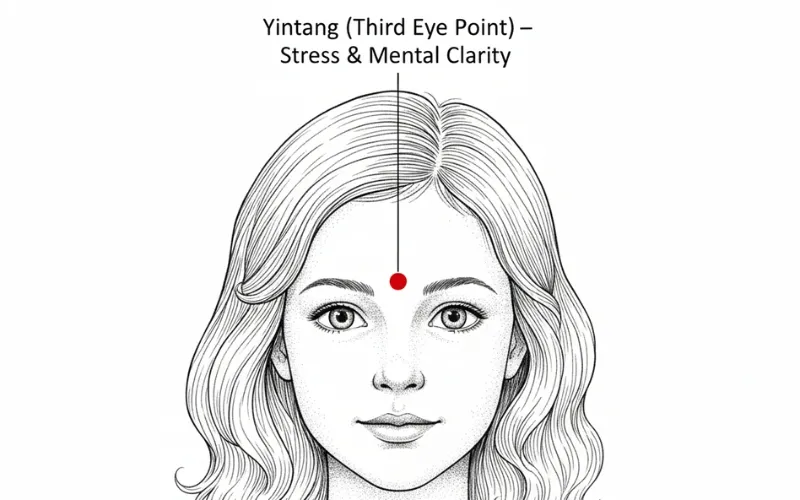
1. Yintang (Third Eye Point) – Stress & Mental Clarity
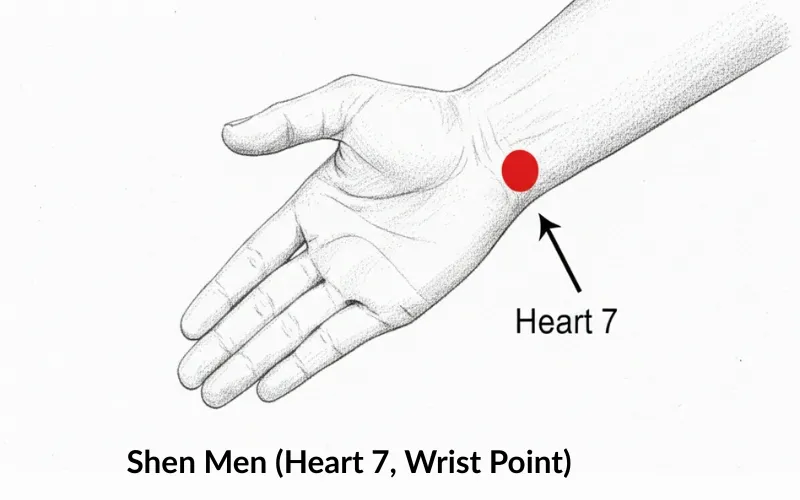
2. Shen Men (Heart 7, Wrist Point) – Anxiety & Insomnia
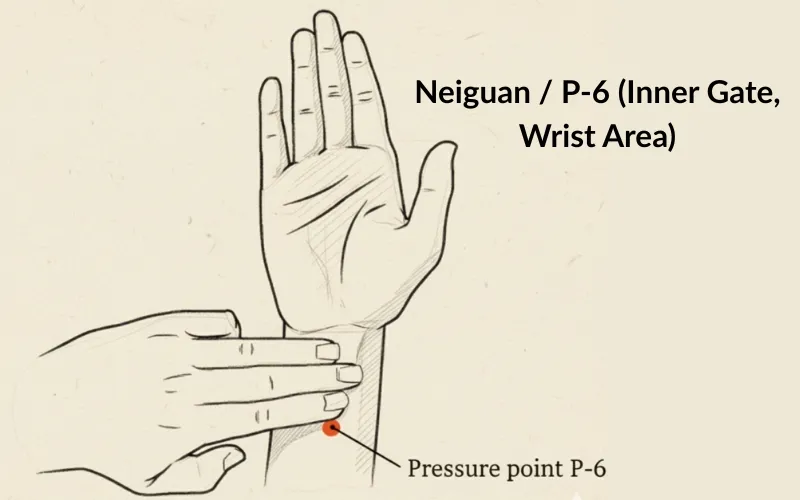
3. Neiguan / P-6 (Inner Gate, Wrist Area) – Nausea & Stress Relief
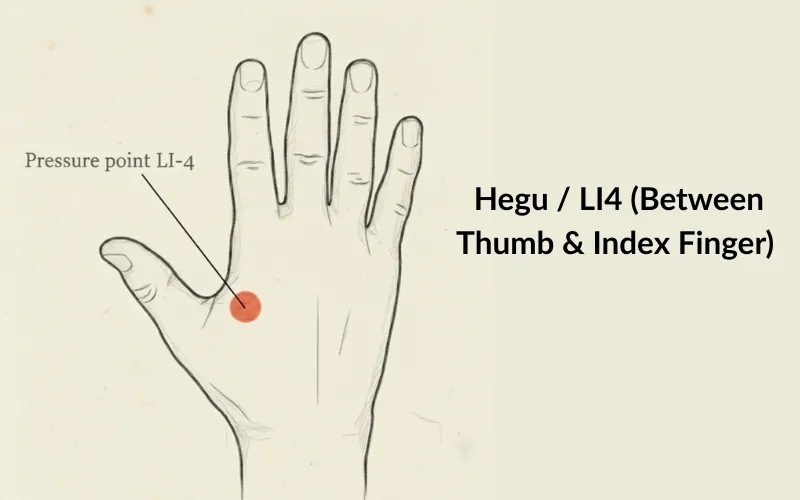
4. Hegu / LI4 (Between Thumb & Index Finger) – Tension Release
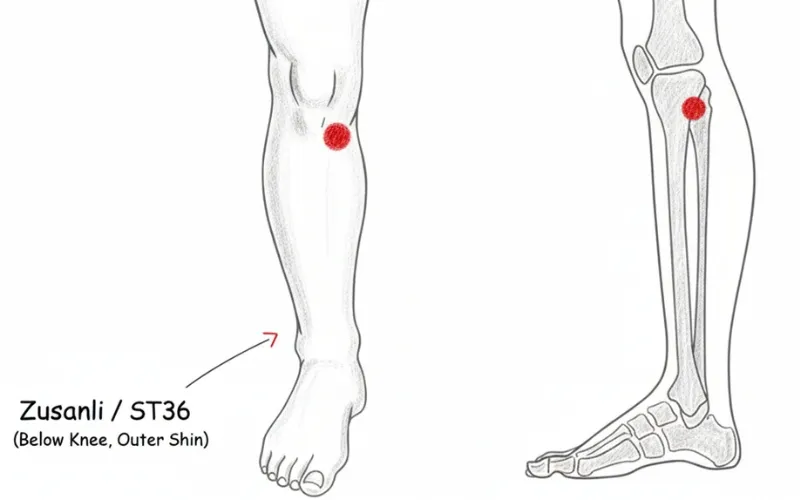
5. Zusanli / ST36 (Below Knee, Outer Shin) – Energy & Stress
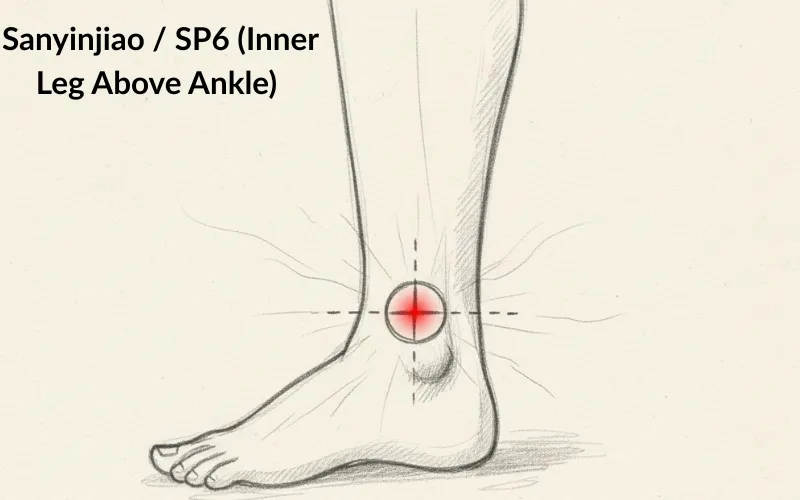
6. Sanyinjiao / SP6 (Inner Leg Above Ankle) – Calming & Relaxation
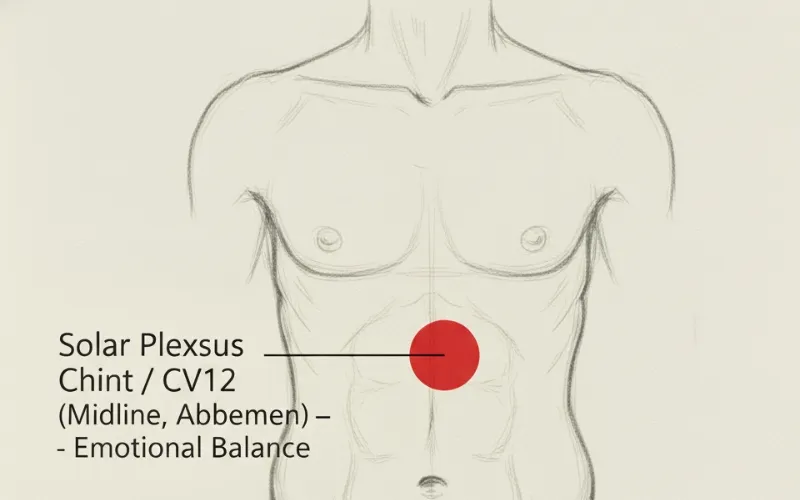
7. Solar Plexus Point / CV12 (Midline, Abdomen) – Emotional Balance
How to Perform Acupressure Safely
Frequency: Perform acupressure once or twice daily. Even 5–10 minutes per session can significantly maximize stress relief naturally.
Best Time:
Safety Precautions:
Complementary Techniques: Combine with meditation, deep breathing, or yoga to enhance results.
Tips to Maximize Benefits
Samshudhi’s Holistic Approach
At Samshudhi, acupressure therapy is integrated with massage, yoga, and detox therapies. Trained therapists provide expert guidance to ensure safe and effective treatment.
FAQ – Acupressure for Stress and Anxiety Relief
1. Can acupressure completely cure stress and anxiety?
Works best as part of a holistic therapy approach; not a complete cure for severe mental health issues.
2. How long does it take to feel results?
Many notice relaxation after first sessions; long-term benefits appear after 2–4 weeks of consistent practice.
3. Can children use acupressure?
Yes, with safe acupressure techniques; pressure should be gentle and supervised.
Difference between acupressure and massage?
In summary, acupressure is a simple yet powerful technique for stress and anxiety relief. Stimulating acupressure points for stress and anxiety relief improves mental clarity, enhances emotional balance, reduces tension, and promotes overall mind-body balance.
Try these techniques safely at home or visit Samshudhi, where expert therapists provide personalized acupressure therapy sessions. Incorporating this practice into your routine enhances your wellness therapy journey and supports long-term natural healing.
Disclaimer: This content is for educational purposes only. For persistent stress or anxiety, consult a qualified healthcare professional.

